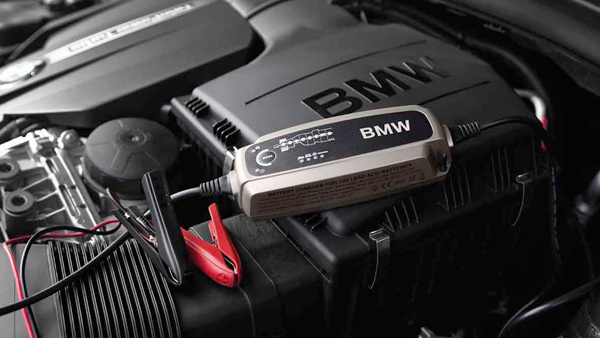If you’re planning a vacation or looking to not use your car or bike for an extended period and perhaps escape a frigid winter, there’s one thing you should never forget to do to your car before you leave. If you do happen to forget, it could result in a costly flat car battery.
Disconnecting your battery from your car before you leave could potentially save you from having to replace it with a brand new one when you return. Even if you aren’t driving the vehicle, the electrical systems such as the on-board computer and clock can still slowly drain the battery, meaning your car might not start if left sitting for too long. This is especially the case in newer, more advanced cars, said Fred Rashidi, a Ford service manager.
“Some of these new cars have so many electronics and modules, the battery could get drained in a matter of weeks if left alone,” he said. Rashidi doubts it would make a difference on older cars, however. Should your battery drain completely, the average battery can cost between INR 3,000 to INR 5,000, plus installation, and some of the higher-end ones can even cost upwards of INR 12,000. You could jump-start it, but this will still leave your battery with reduced life. Jump-starting also makes the alternator work harder because it is then powering the battery, which will reduce the life of the alternator as well. Alternatively, you could also buy a trickle charger and leave it connected to the battery to slowly charge, but these can cost anywhere from around INR 6500. Regular use of the trickle charger will also help to increase the life of the battery by 2- 3 times.
Thus the option of having a trickle charger saves you the trouble of disconnecting the battery, losing the internal settings and also any potential hazard during the electrical process. If you have more than 2 vehicles, a bike and an inverter, then it means you can save a whopping 30,000 or more.
It would be worthwhile to note that the complication is, whenever you disconnect the cable from the battery, you have to make sure it’s secured somewhere so it’s not contacting the ground or any of the positives. I would recommend taking the negative battery post out, and wrapping something around the end so it doesn’t touch anything while you’re not there.”If the cable end is touching the negative terminal or is even in proximity to it, it could create a spark and cause a fire. Rashidi said a quick and easy method would be to get some Ziploc bags and wrap them around the cable end so that it stays contained and doesn’t touch anything. Rashidi also notes that disconnecting the car’s battery will reset all electronic systems and settings in your vehicle, so be prepared to reset the clock and any other systems. Familiarizing yourself with the settings is a good idea before disconnecting the battery. In order to disconnect the battery, all you have to do is remove the cable from the negative port. Do not let the negative and positive cable ends touch under any circumstances. If the cables do make contact or even get close, it could do a number of harmful things to your car, including frying your alternator, damage the cables, or worse, cause serious injury to yourself or others










